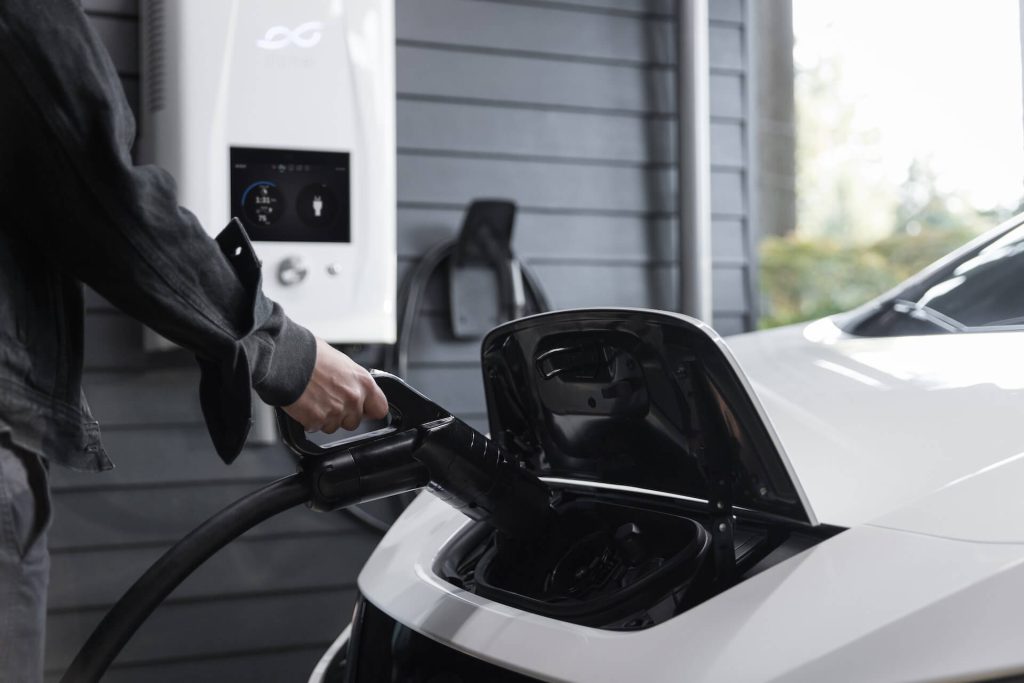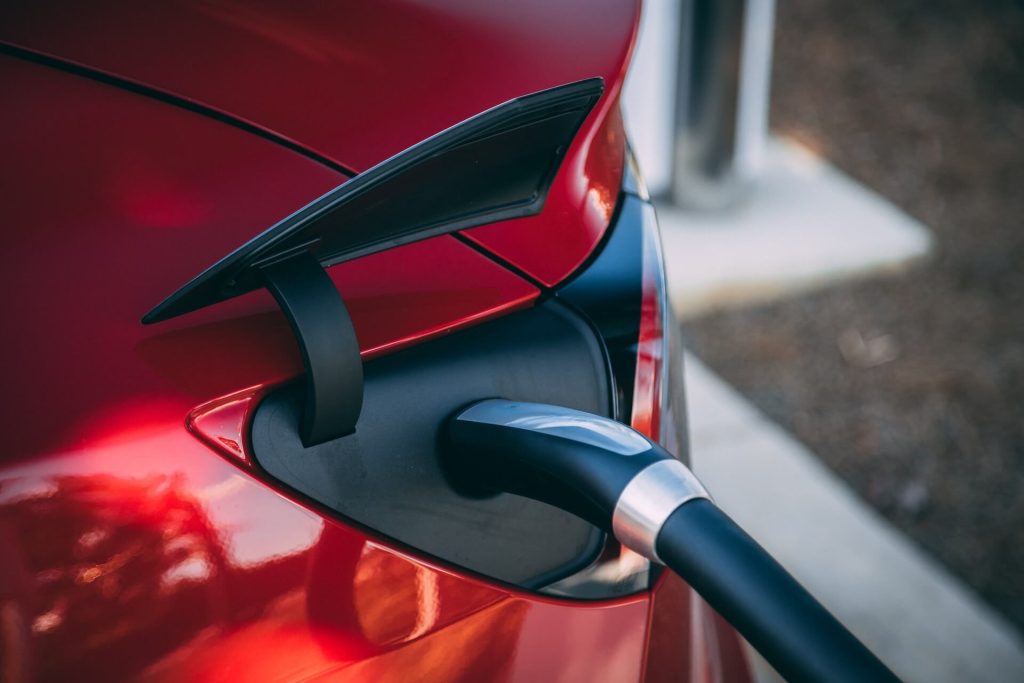Automobiles depend on gas to run their engines, which is what gives them life. Impurities, silt, and debris can build up in the gas tank over time, which can have an impact on how well and how efficiently your car operates. There are ways to clean gas tank without removing it, even if this may seem like a difficult operation. We will look at detailed procedures for cleaning out a gas tank without removing it in this article.
The gas tank in your car needs to be kept clean to operate at its best and last as long as possible. Issues with the fuel system, such as blocked fuel injectors and lower fuel efficiency, can be avoided with routine maintenance and cleaning. Although they are offered, professional cleaning services might be pricey. You may clean out your gas tank without having to remove it by using the instructions provided in this article, which will save you both time and money.

Contents
- 1 Symptoms of a Filthy Gas Tank
- 2 Safety Measures
- 3 Supplies You’ll Need
- 4 Step 1: Get ready
- 5 Step 2: Disconnecting the Fuel Lines
- 6 Step 3: Draining the gas tank
- 7 Step 4: Adding a Fuel System Cleaner
- 8 Step 5: Agitating the Gas Tank
- 9 Step 6: Cleaning the Fuel System
- 10 Step 7: Reconnecting the Fuel Lines
- 11 Step 8: Filling the gas Tank
- 12 Advice on How to Prevent Future Contamination
- 13 Conclusion
- 14 1. Can I use any cleaning for the fuel system for this procedure?
- 15 2. How frequently should I empty my gas tank?
- 16 3. Can a gas tank be cleaned without having to remove it?
- 17 4. Do I need to engage a professional to clean the gas tank, or can I do it myself?
- 18 5. What should I do in the event that I run into problems when cleaning?
Symptoms of a Filthy Gas Tank
It’s important to recognise the telltale indicators of a dirty gas tank before starting the cleaning procedure. • Misfiring or stalling of the engine is one of these symptoms.
• Lower fuel economy.
• Problems starting the car.
• Weird engine noises; • A gas or rotten egg odour inside the car.
It’s a good sign that your gas tank needs cleaning if you spot any of these symptoms.
Safety Measures
Prioritising safety is vital when handling gas. Following these important safety measures will keep you safe:
• To prevent breathing in gas fumes, work outside or in a well-ventilated space.
• Before beginning the cleaning procedure, make sure the car is off and the engine is cold.
• Protective gear, gloves, and safety eyewear should be worn to avoid coming into contact with gas.
• Keep a fire extinguisher close by for emergency situations.
• Keep smoking and open flames away from the area.
Supplies You’ll Need
Gather the following supplies before beginning:
• Fuel system cleanser: Opt for a reputable cleaner that is suggested for your car.
The cleaner for the fuel system is poured into the gas tank using a funnel.
• Wrench or screwdriver: To cut fuel lines if necessary.
• Empty gas container: Used to empty the tank of gas.
• Cleaning brush: Designed to access the gas tank’s interior.
• Hose: A bendable hose used to clean the fuel system.
Step 1: Get ready
Your car should be parked in a place that is both secure and airy. Make sure the gas tank is cool to the touch and that the engine is off. Start by gathering all the supplies that were mentioned in the earlier part.
Step 2: Disconnecting the Fuel Lines
Find the gasoline lines by carefully consulting the owner’s manual for your car. The fuel lines’ clamps must be loosened using a tool or screwdriver before being gently disconnected. Make sure you are prepared with a container to catch any fuel that could spill.
Step 3: Draining the gas tank
Subsequent to the gas tank, place the empty gas container. The drain plug or valve at the bottom of the gas tank should be carefully unscrewed once the gas tank’s cap has been removed. Permit the entire gas flow into the container.
Step 4: Adding a Fuel System Cleaner
Pour the necessary quantity of fuel system cleaning into the tank by inserting the funnel into the opening of the gas tank. For the correct dosage, refer to the directions on the cleaner’s container.
Step 5: Agitating the Gas Tank
Rock the car gently from side to side or back and forth when putting the fuel system cleaning in the tank. This action enables the cleaner to access every area of the tank and aids in removing any tenacious deposits.
Step 6: Cleaning the Fuel System
Reconnect the fuel lines and fasten them with the clamps after shaking the fuel tank. The gasoline line entering the gas tank should be connected to a hose, with the other end going into the gas can. Once the cleaner has been entirely flushed out, start the car’s engine and let it run for a while.
Step 7: Reconnecting the Fuel Lines
Carefully unplug the hose and rejoin the fuel lines after completely flushing the fuel system. To avoid fuel leaks, make sure the clamps are firmly fastened.
Step 8: Filling the gas Tank
Removing the gas cap will allow you to add new, premium gas to the tank. Make certain the cap is properly sealed to avoid contamination.

Advice on How to Prevent Future Contamination
Take into account the following advice to keep a clean gas tank and avoid future contamination:
• To maintain the fuel lines and injectors clean, use a fuel system cleaning on a regular basis.
• To reduce contaminants, buy gas from reliable stations.
• To avoid sediment buildup, don’t let the gas tank go almost empty.
• Change the gasoline filter in accordance with the manufacturer’s guidelines for your car.
Read More: Fuel Injector Cleaning Without Removal: How to Clean Fuel Injectors
Conclusion
With the correct tools and safety procedures, clean gas tank without removing it is a doable process. You may ensure maximum vehicle performance by cleaning away pollutants and debris from your gas tank by following the instructions provided in this article. Keep safety a top priority during the procedure, and take precautions to stop contamination in the future.
FAQs
1. Can I use any cleaning for the fuel system for this procedure?
It is suggested that you use a fuel system cleaning made especially for your car. To make sure you select the appropriate cleaner, check the manual for your car or seek advice from a specialist.
2. How frequently should I empty my gas tank?
The quality of the gas you use and the type of roads you drive on affect how often you should clean your gas tank. Every 30,000 to 50,000 miles, or as instructed by your vehicle’s manufacturer, it is advised to clean the gas tank.
3. Can a gas tank be cleaned without having to remove it?
Yes, provided that the necessary safety precautions are taken, clean gas tank without removing it is safe. Make sure the car is parked in a place that is well-ventilated and that no ignition sources are nearby.
4. Do I need to engage a professional to clean the gas tank, or can I do it myself?
You can clean the gas tank on your own, but it needs caution and adherence to safety precautions. It is advised to seek expert advice if you are unsure or uncomfortable with the procedure.
5. What should I do in the event that I run into problems when cleaning?
It is best to seek the advice of a qualified mechanic if you run into problems or have questions about any phase of the cleaning procedure. They may offer advice and guarantee that the cleaning is done properly and safely.
